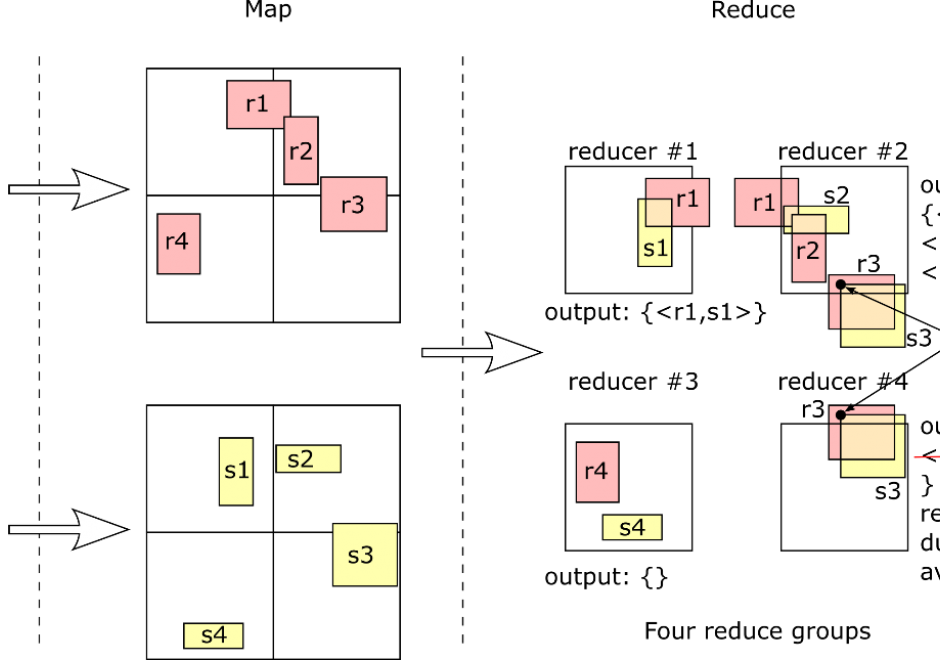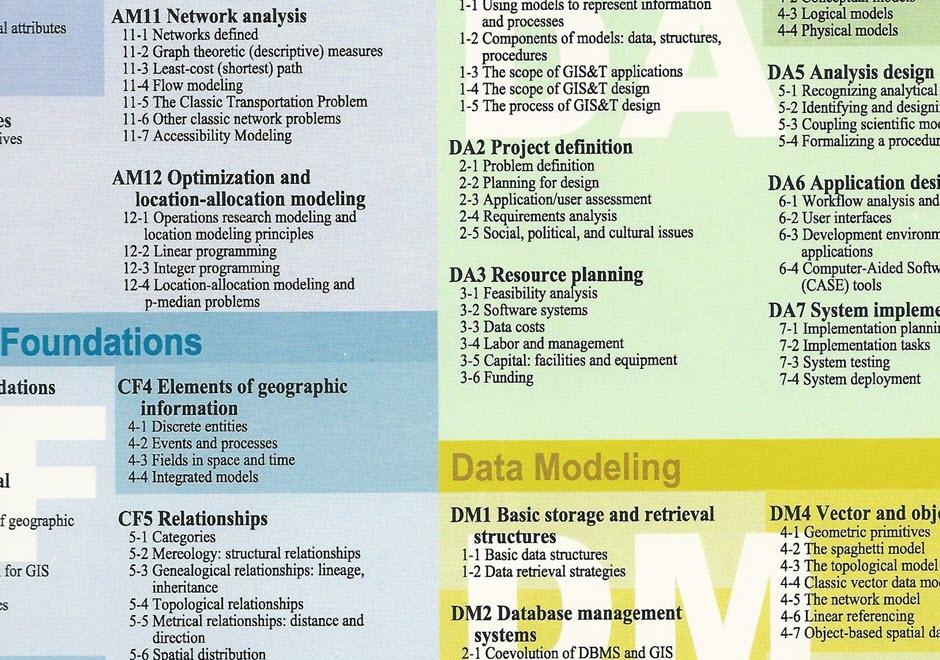CP-07 - Spatial MapReduce

MapReduce has become a popular programming paradigm for distributed processing platforms. It exposes an abstraction of two functions, map and reduce, which users can define to implement a myriad of operations. Once the two functions are defined, a MapReduce framework will automatically apply them in parallel to billions of records and over hundreds of machines. Users in different domains are adopting MapReduce as a simple solution for big data processing due to its flexibility and efficiency. This article explains the MapReduce programming paradigm, focusing on its applications in processing big spatial data. First, it gives a background on MapReduce as a programming paradigm and describes how a MapReduce framework executes it efficiently at scale. Then, it details the implementation of two fundamental spatial operations, namely, spatial range query and spatial join. Finally, it gives an overview of spatial indexing in MapReduce systems and how they can be combined with MapReduce processing.



AM-10 - Spatial Interaction
Spatial interaction (SI) is a fundamental concept in the GIScience literature, and may be defined in numerous ways. SI often describes the "flow" of individuals, commodities, capital, and information over (geographic) space resulting from a decision process. Alternatively, SI is sometimes used to refer to the influence of spatial proximity of places on the intensity of relations between those places. SI modeling as a separate research endeavor developed out of a need to mathematically model and understand the underlying determinants of these flows/influences. Proponents of SI modeling include economic geographers, regional scientists, and regional planners, as well as climate scientists, physicists, animal ecologists, and even some biophysical/environmental researchers. Originally developed from theories of interacting particles and gravitational forces in physics, SI modeling has developed through a series of refinements in terms of functional form, conceptual representations of distances, as well as a range of analytically rigorous technical improvements.